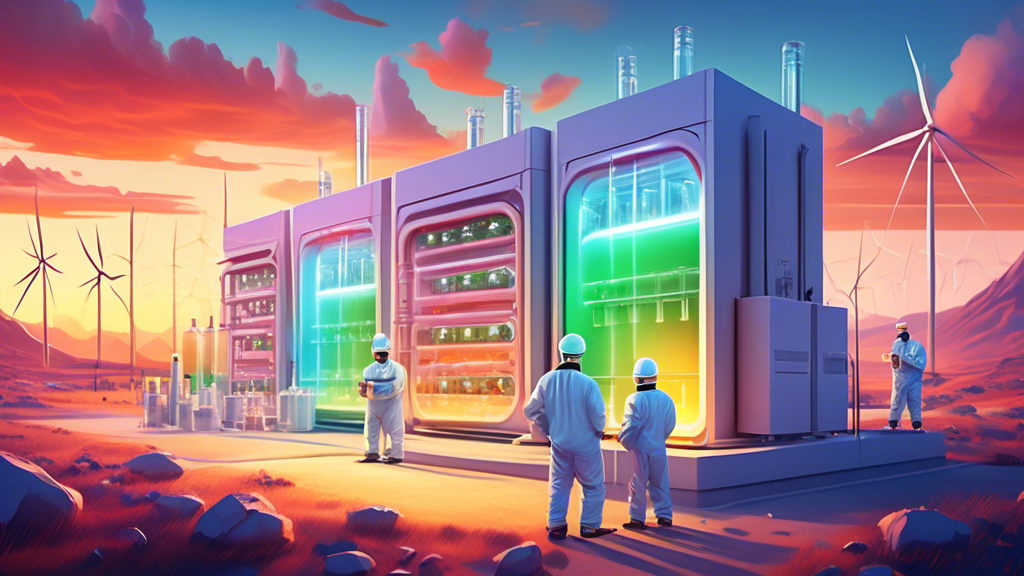
The Rising Potential of Sodium-Ion Batteries in Energy Storage
As the world increasingly moves towards renewable energy sources to combat climate change, the demand for efficient, cost-effective, and sustainable energy storage solutions continues to soar. This transition places significant pressure on existing lithium-ion technology, prompting researchers and industries to explore alternative battery technologies. Among these alternatives, sodium-ion batteries emerge as a promising candidate, offering several advantages that could revolutionize energy storage across various applications.
Why Sodium-Ion Batteries?
Sodium-ion batteries operate on the same basic principle as lithium-ion batteries, where energy is stored and released through the movement of ions between a cathode and an anode within the battery. However, sodium (Na), the core element in sodium-ion batteries, offers some intrinsic benefits over lithium (Li). Notably, sodium is abundantly available worldwide, significantly cheaper, and has a lower environmental impact during mining and recycling processes. These factors make sodium-ion batteries an attractive option for widespread energy storage solutions.
Advantages Over Lithium-Ion
The advantages of sodium-ion batteries extend beyond their environmental and economic benefits. They also promise safety improvements over their lithium-ion counterparts. Sodium-ion batteries are less prone to overheating and do not require the same expensive heavy cooling systems, a significant advantage for large-scale energy storage systems and electric vehicles. Moreover, their performance does not degrade as quickly in cold temperatures, making them suitable for use in a broader range of climates.
Current Challenges
Despite their potential, sodium-ion batteries are not without challenges. One of the main hurdles is their energy density, which is lower than lithium-ion batteries. This limitation means that a sodium-ion battery will be larger and heavier for the same amount of energy storage. Ongoing research is focused on finding new materials for the cathodes and anodes that can increase the energy density while maintaining the cost and safety advantages.
Applications and Future Outlook
The unique attributes of sodium-ion batteries make them particularly well-suited for specific applications. In large-scale energy storage systems, where size and weight are less critical than cost and safety, sodium-ion technology could provide a cost-effective solution for storing energy from intermittent renewable sources like wind and solar. For electric vehicles, especially in countries with cold climates or where the cost is a significant barrier, sodium-ion batteries could offer a viable alternative or complement to lithium-ion batteries.
The future of sodium-ion batteries looks promising as research and development efforts accelerate. Advancements in electrode materials and battery design are expected to enhance their energy density and efficiency, narrowing the gap with lithium-ion technology. Moreover, given their environmental and economic benefits, the growing emphasis on sustainability and the circular economy will likely increase sodium-ion batteries’ attractiveness.
In conclusion, while sodium-ion batteries are still maturing and face some challenges, their potential for providing a more accessible, safe, and sustainable solution for future energy storage needs is undeniable. As technology advances, they could be pivotal in the transition to renewable energy, supporting a more sustainable global energy landscape.
